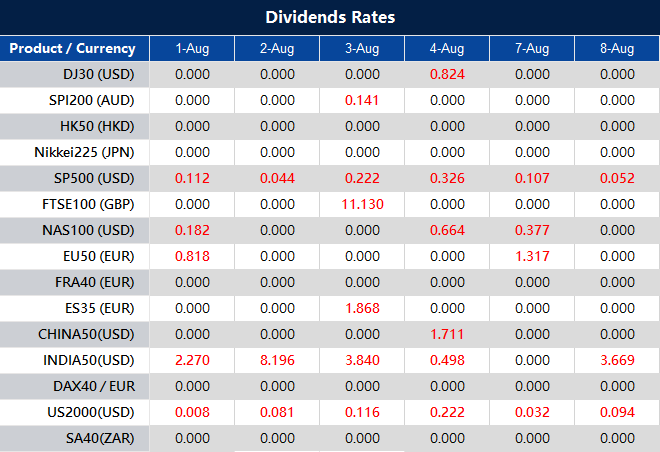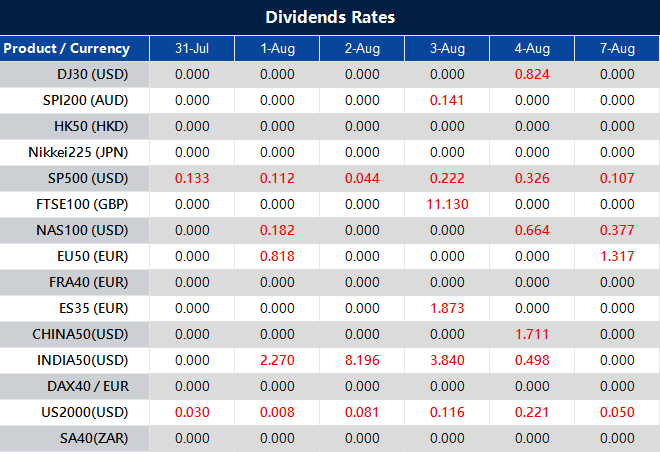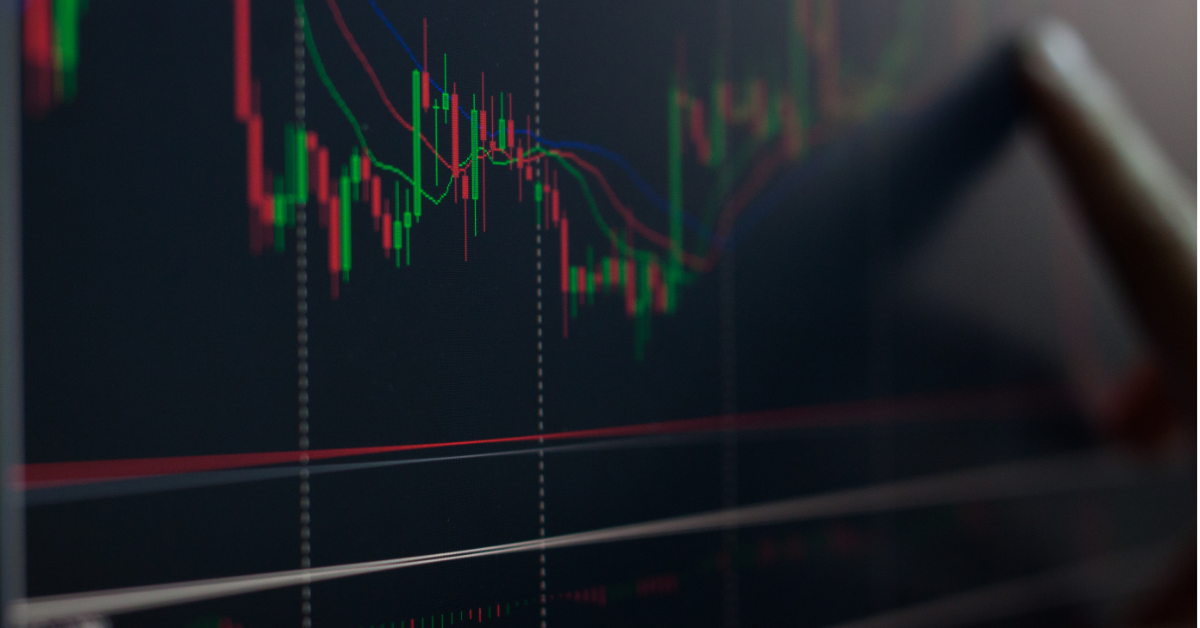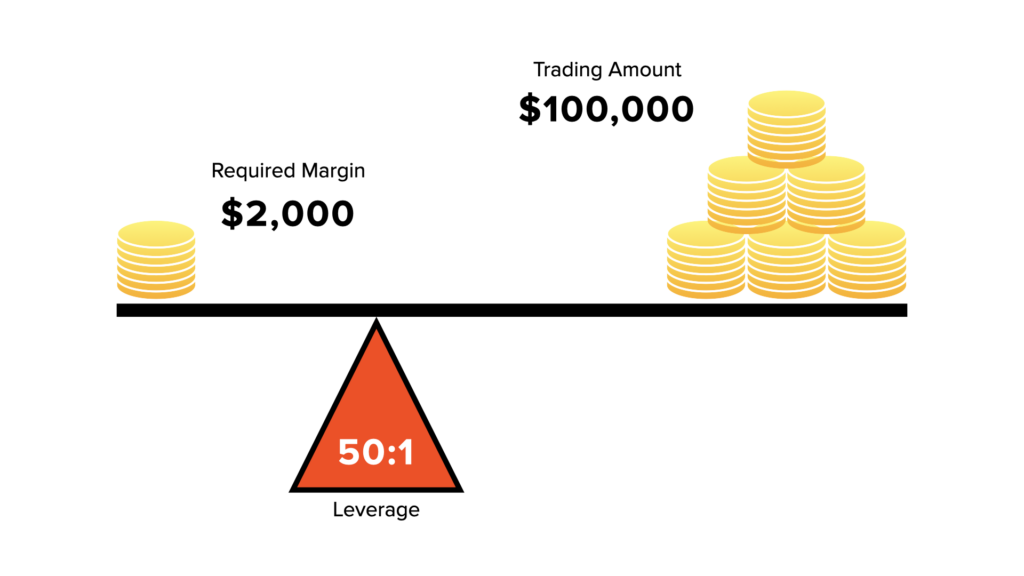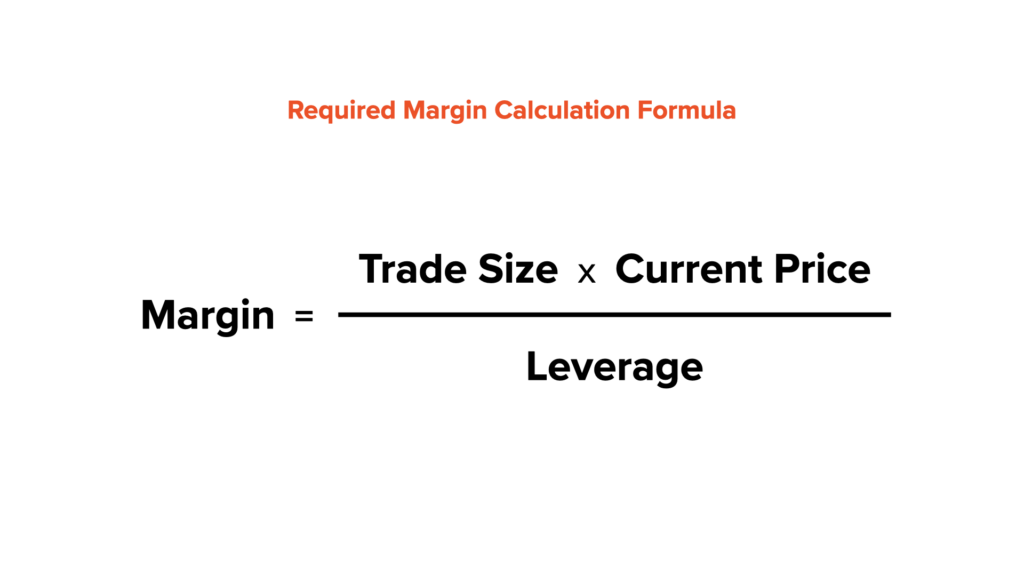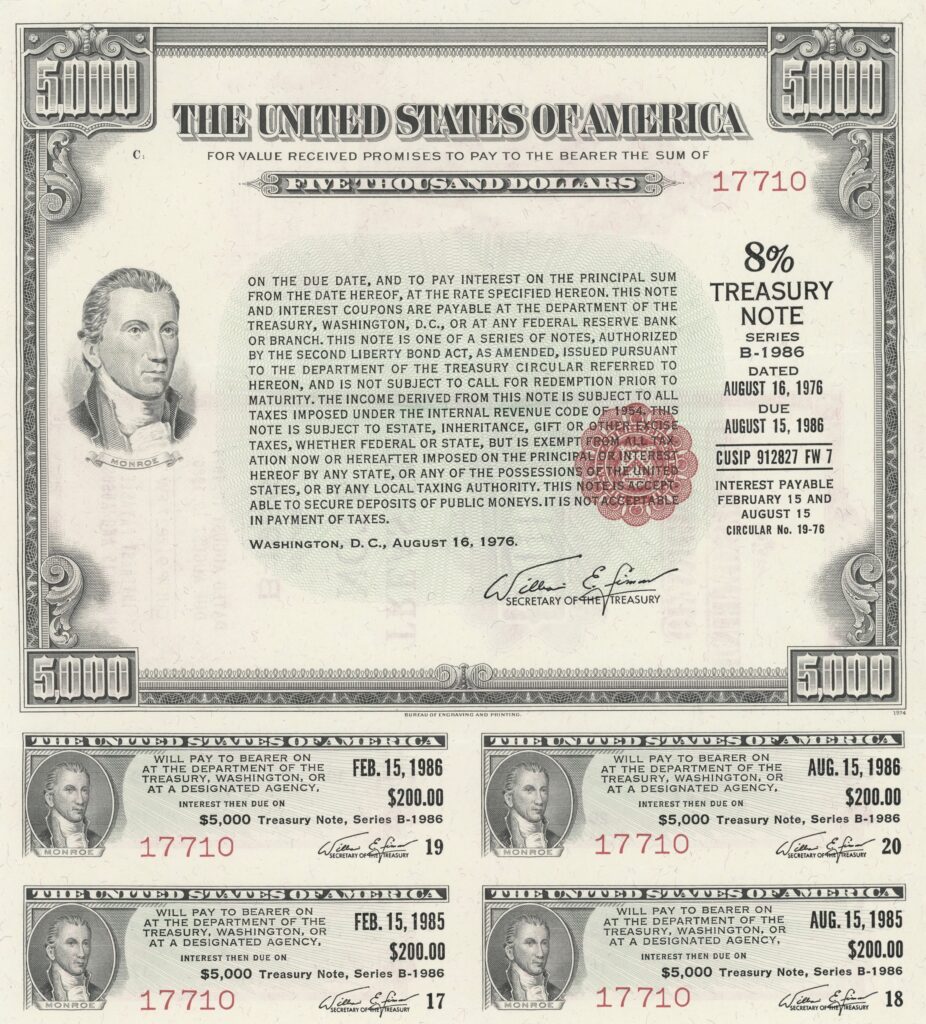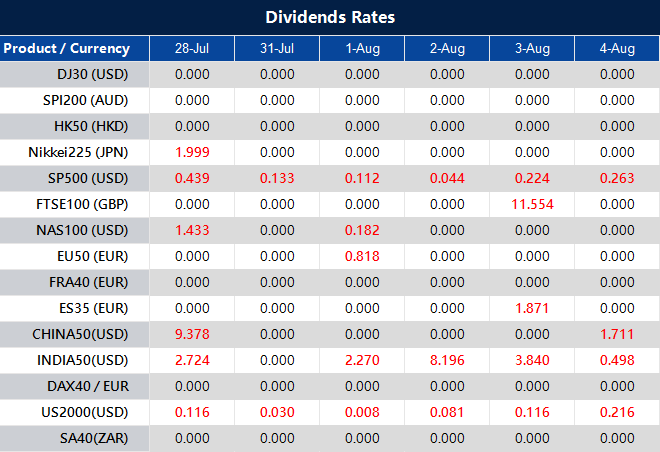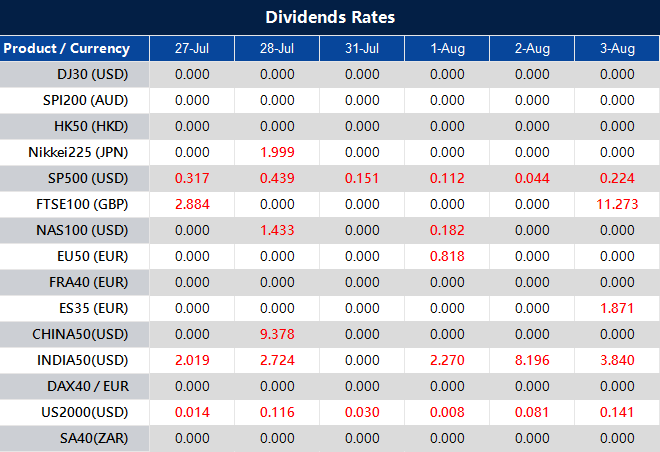Beneficios de Elegir VT Markets con Metatrader 4
Felicidades y gracias por seleccionar Metatrader 4 de VT Markets. Al descargar MT4 con nosotros, te ofrecemos una puerta abierta a un mundo lleno de oportunidades en el mercado financiero. Disfrutarás de una ejecución sin mesa de operaciones, sin re-cotizaciones, y con un procesamiento directo al 100%. Además de la alta eficiencia en la ejecución, VT Markets brinda seguridad en los fondos mediante cuentas segregadas y ofrece un apalancamiento de hasta 500:1.
Aprovecha también el soporte al cliente disponible las 24/7. Si eres nuevo en el trading, la cuenta demo es una excelente opción para practicar sin riesgo antes de invertir capital real. Descargar MT4 con VT Markets es el inicio de un emocionante viaje hacia el éxito financiero.

Aprendizaje y Práctica con la Cuenta Demo de MetaTrader 4
La plataforma MetaTrader 4 (MT4) es esencial para el crecimiento y desarrollo en el comercio de Forex, ofreciendo tanto una cuenta en vivo como una cuenta demo. La cuenta demo de MT4 permite a los traders practicar operaciones y desarrollar habilidades sin arriesgar capital real. Con herramientas y características avanzadas, los usuarios pueden experimentar con estrategias, afinar su enfoque, y ganar confianza antes de pasar a la versión completa en vivo. Desde la ejecución ágil de operaciones hasta el análisis detallado del mercado, la cuenta demo de MT4 brinda una oportunidad invaluable para aprender y prepararse para el entorno real y competitivo del mercado Forex.
Operar con la Aplicación MT4 Android y VT Markets
Descargar MT4 en tu dispositivo Android con VT Markets es una decisión inteligente que te permite acceder a un mundo de trading en tus manos. No solo tendrás más de 1,000 instrumentos negociables, sino también costos bajos y atractivas ofertas promocionales. La flexibilidad y versatilidad de la aplicación Android de MT4 permite operar en cualquier momento y lugar. Además, al descargar MT4 en tu dispositivo Android, tendrás acceso a un mundo de análisis técnicos y herramientas para ayudarte a tomar decisiones informadas. Si eres nuevo en el trading, la cuenta demo en Android te permitirá aprender sin riesgo, ofreciendo una experiencia completa y educativa.
Read here for the English instructions for MT4 Android
Invertir en Forex y CFDs con MT4 para iPhone y VT Markets
La elegancia y la eficiencia se unen cuando decides descargar MT4 en tu iPhone con VT Markets. Los usuarios pueden disfrutar de una interfaz amigable y herramientas avanzadas que hacen del trading una experiencia gratificante. Las ofertas promocionales, la disponibilidad de una amplia gama de instrumentos, y la posibilidad de practicar con una cuenta demo hacen que descargar MT4 en tu iPhone sea una opción atractiva para los traders modernos. Si estás en movimiento y necesitas acceso instantáneo a los mercados, descargar MT4 en tu iPhone es la solución.
Read here for the English instructions for MT4 iPhone
Comerciar con MT4 en tu Mac
Los usuarios de Mac no están excluidos de la experiencia de trading de primera clase que ofrece VT Markets. Al descargar MT4 en tu Mac, te sumerges en una plataforma optimizada que hace que el trading sea sencillo y eficiente. La transición suave entre la cuenta demo y la cuenta en vivo, junto con una amplia gama de herramientas, hace que descargar MT4 sea esencial para cualquier trader serio. VT Markets se asegura de que tu experiencia al descargar MT4 sea fluida y libre de complicaciones.
Descargando MT4 para Escritorio y Laptop
La potencia y la flexibilidad llegan a su máxima expresión cuando decides descargar MT4 en tu escritorio o laptop con VT Markets. La versión para escritorio de MT4 brinda una mayor capacidad y potencia, con funciones avanzadas que permiten un análisis profundo y una toma de decisiones precisa. Los usuarios de Microsoft Windows encontrarán en MT4 una plataforma personalizable, con acceso a gráficos detallados, asesores expertos, y una comunidad en línea para compartir estrategias y consejos. Descargar MT4 en tu escritorio o laptop es un paso fundamental para convertirte en un trader exitoso.
Guías para Descargar y Utilizar MT4 con VT Markets
VT Markets va más allá de ofrecerte la posibilidad de descargar MT4. Brindamos un apoyo constante a través de guías y tutoriales que hacen que el proceso sea aún más accesible. Desde la instalación de MT4 hasta la configuración de tus herramientas preferidas, nuestras guías están diseñadas para asistirte en cada paso. No importa tu nivel de experiencia en el trading; al descargar MT4 con VT Markets, tendrás un compañero de confianza que te guiará hacia el éxito.
¿Por Qué Descargar MT4 con VT Markets?
Descargar MT4 con VT Markets es más que un simple acto de acceder a una plataforma de trading. Es una decisión que marca el inicio de un compromiso con un bróker que valora tu éxito y crecimiento. La combinación de la tecnología de MT4 con los servicios de VT Markets te brinda una ventaja competitiva en el mercado. La formación constante, los spreads ajustados, y una amplia gama de instrumentos son solo algunos de los beneficios de descargar MT4 con VT Markets. Estamos aquí para apoyarte en cada etapa de tu carrera de trading.
Conclusión y VT Markets como tu Bróker de Forex de Confianza
Al final del día, descargar MT4 con VT Markets es elegir un camino hacia el éxito en el trading. No es solo una plataforma; es una comunidad, una educación, y un socio en tu viaje financiero. Con VT Markets, tienes un equipo dedicado que está comprometido en ofrecerte todas las herramientas y el apoyo necesarios para triunfar en el mercado de divisas. Al descargar MT4, te unes a una red global de traders y expertos que están aquí para ayudarte a crecer y prosperar.

